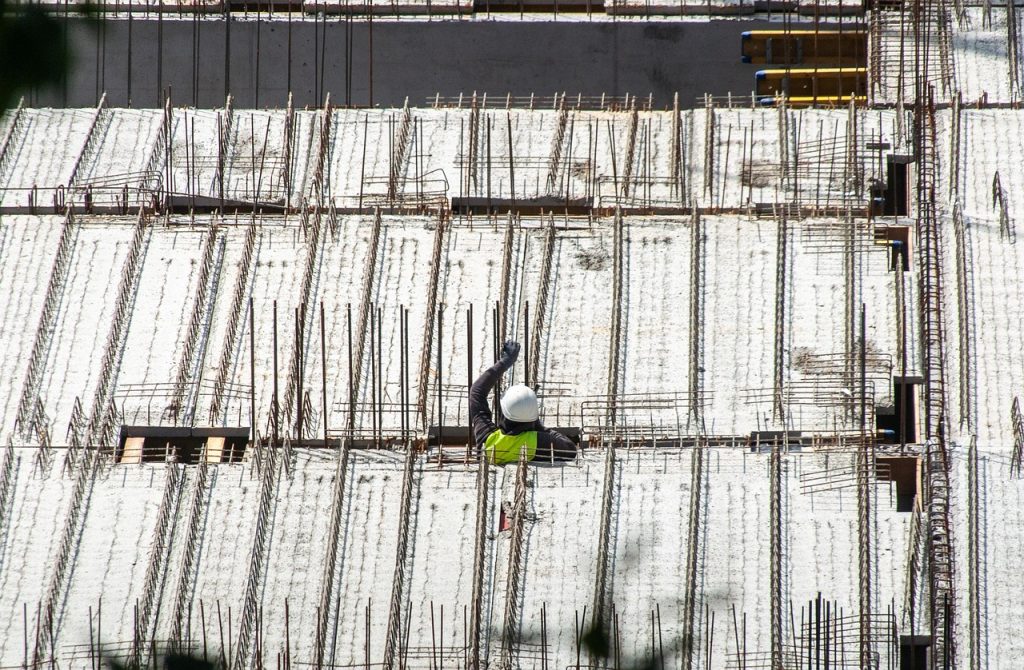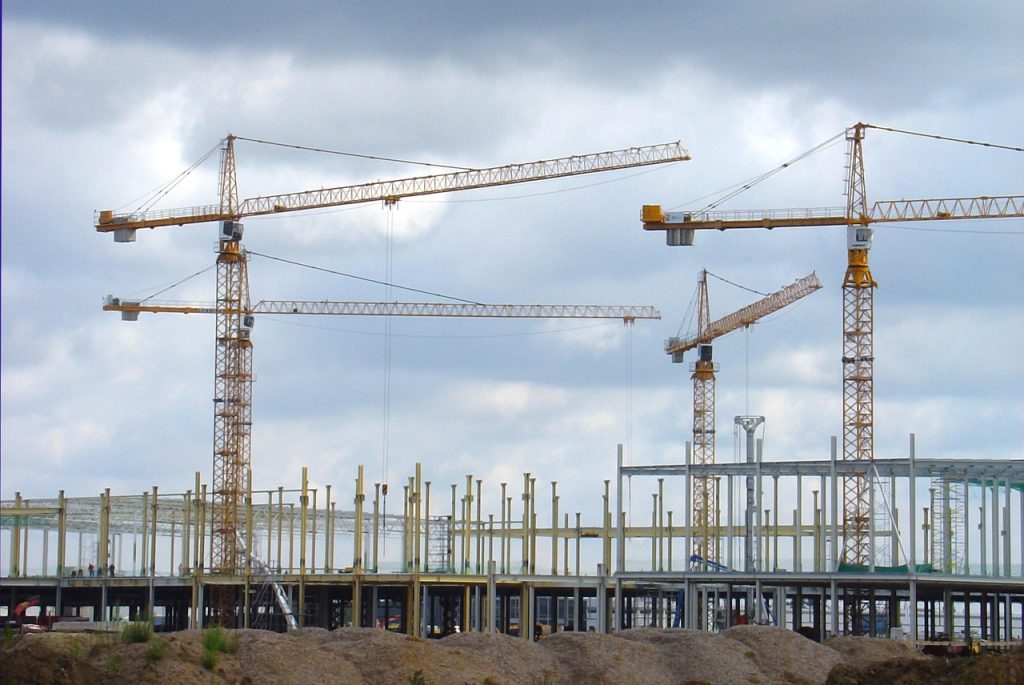In every construction project, success does not depend solely on the physical act of building — it starts much earlier, with careful preparation, organization, and planning. Before a single brick is laid or a foundation poured, there are numerous essential components that establish the framework for the project’s smooth execution. Among these components are what the construction industry calls “preliminaries.”
Preliminaries are a fundamental part of any construction project, yet they are often misunderstood or underestimated. They represent the invisible backbone of a project — the costs, provisions, and processes necessary to get the construction work started, managed, and completed efficiently. Although preliminaries are not directly tied to the physical materials or permanent works of the project, they play a crucial role in ensuring that the construction site operates smoothly, safely, and in compliance with contractual and regulatory requirements.
This guide provides an in-depth, practical explanation of what preliminaries are in construction projects, including their definition, types, purpose, cost implications, and best practices for effective management.
Understanding the Definition of Preliminaries

In simple terms, preliminaries in construction refer to the general costs, resources, and activities required to set up, manage, and operate the construction project but which do not form part of the permanent building or structure itself.
They are often described as “indirect costs” or “overheads specific to a project” — necessary expenses that allow the contractor to execute the construction works properly.
Preliminaries typically cover:
- Site establishment and setup (e.g., temporary fencing, signage, utilities)
- Project management and supervision costs
- Health, safety, and environmental measures
- Site security and access control
- Temporary facilities such as offices, toilets, and storage
- Communication systems, power, and water supplies
- Insurance, permits, and statutory requirements
In a contract or tender document, preliminaries are usually included at the beginning of the Bill of Quantities (BoQ) or Specification Document and provide details about the project conditions, obligations, and the costs associated with running the project site.

The Role and Importance of Preliminaries
Although preliminaries are not directly visible in the finished structure, their impact on the project’s success cannot be overstated. They act as the foundation for effective project management and ensure that construction can proceed safely, efficiently, and in accordance with legal, technical, and environmental standards.
Here are some of the key roles preliminaries play:
1. Project Organization and Coordination
Preliminaries establish the organizational framework of the construction site — defining how communication, scheduling, and coordination will occur among all stakeholders.
2. Health and Safety Compliance
Safety provisions, including personal protective equipment (PPE), site barriers, signage, and risk assessments, all fall under preliminaries. They ensure the well-being of workers and compliance with occupational safety regulations.
Also read: Top 10 Digital Nomad Friendly Areas in Bali You Need to Know
3. Site Infrastructure and Logistics
Temporary works such as access roads, cranes, scaffolding, and hoardings are organized and funded through preliminaries. Without these, construction teams cannot perform their tasks effectively.
4. Legal and Regulatory Compliance
Preliminaries ensure all necessary licenses, insurance policies, and environmental permits are in place before starting work.
5. Management and Supervision
They include the salaries, expenses, and facilities required for project management staff such as site engineers, foremen, and quantity surveyors who oversee day-to-day operations.
6. Time and Cost Control
By defining responsibilities, timeframes, and quality benchmarks, preliminaries help maintain control over the project’s overall timeline and budget.
In short, preliminaries are the organizational DNA of a construction project — the essential yet often unseen elements that make every other activity possible.
Typical Components of Preliminaries
The specific contents of preliminaries can vary based on the project type, size, complexity, and contract form, but they generally include several key categories:
A. Pre-construction and Site Setup
These costs are incurred before the actual construction begins:
- Site survey and layout preparation
- Temporary access roads and pathways
- Site fencing, gates, and hoardings
- Site signage and directional boards
- Temporary power and water connections
- Setting up site offices, storage areas, and workshops
B. Site Management and Administration
These cover the personnel and systems needed to manage the project efficiently:
- Salaries of project managers, engineers, and supervisors
- Office supplies, computers, communication systems, and software
- Record keeping and documentation
- Progress reports and project coordination meetings
C. Health, Safety, and Environmental Provisions
Ensuring the safety and sustainability of the site involves:
- Personal protective equipment (helmets, gloves, boots, etc.)
- First aid and emergency stations
- Waste management and recycling procedures
- Fire prevention systems
- Dust and noise control measures
D. Temporary Services and Facilities
These are facilities required to support the workforce and project logistics:
- Site offices and meeting rooms
- Workers’ welfare facilities (canteens, restrooms, changing areas)
- Temporary lighting, water, and power supply
- Temporary drainage or sanitation systems
E. Security and Access Control
Security-related preliminaries ensure controlled access and protection of site assets:
- Security guards and patrol services
- CCTV and alarm systems
- Access control gates and ID systems
F. Insurance, Bonds, and Permits
- Contractor’s all-risk insurance
- Performance bonds and warranties
- Permits for road closures, environmental impact, and utilities
G. Quality Control and Testing
- Site laboratory setup
- Material and soil testing equipment
- Quality inspection tools and procedures
H. Demobilization and Site Clearance
At the end of the project, preliminaries cover:
- Removing temporary works and site offices
- Cleaning and restoring the site
- Waste removal and final safety inspections
These components ensure that all project-related operations are organized, safe, and compliant from start to finish.
Preliminaries vs. General Overheads
One common source of confusion lies in distinguishing preliminaries from general overheads. While both relate to indirect costs, they differ in scope and allocation:
| Aspect | Preliminaries | General Overheads |
| Scope | Costs directly related to a specific project | Costs related to the overall operation of the construction company |
| Examples | Site setup, management staff, safety provisions, utilities | Office rent, administrative salaries, corporate insurance |
| Allocation | Charged to the specific project budget | Distributed across multiple projects |
| Nature | Project-specific and temporary | Company-wide and ongoing |
In short, preliminaries are project-based overheads, while general overheads are business operational costs.
How Preliminaries Are Included in Contracts
Preliminaries are usually found in the tender documentation, typically at the beginning of the Bill of Quantities (BoQ) or the Specification Section of a construction contract.
They are divided into two parts:
1. General Preliminaries
These relate to the overall requirements that apply to the project as a whole. Examples include:
- Site access and working hours
- Environmental and safety obligations
- Quality assurance systems
- Reporting and communication protocols
2. Project-Specific Preliminaries
These refer to particular conditions or requirements unique to a specific project, such as:
- Site-specific constraints (urban congestion, difficult terrain)
- Special security arrangements
- Unique environmental or heritage considerations
Both types are critical because they inform contractors about the working conditions, obligations, and logistical requirements that could affect their pricing and resource planning.
The Cost Significance of Preliminaries
Preliminaries can represent a substantial portion of total project costs — often ranging from 10% to 20% of the total contract value, depending on the project type and duration.
Several factors influence the cost of preliminaries:
- Project Duration: Longer projects mean extended costs for site offices, utilities, and staff salaries.
- Site Conditions: Remote or difficult-to-access sites require more temporary works and infrastructure.
- Health and Safety Requirements: Projects with higher risk levels (e.g., industrial or high-rise) need more safety measures.
- Complexity and Scale: Large or technically complex projects require more management and coordination resources.
- Regulatory Compliance: Additional permits, inspections, or environmental protection measures add to preliminary costs.
Effective management of preliminaries can significantly influence the project’s profitability and cash flow. Overestimating can make a bid uncompetitive, while underestimating can lead to financial strain during execution.
How Preliminaries Are Measured and Priced
Unlike materials or labor costs that are measured in units (e.g., cubic meters of concrete), preliminaries are often priced as lump sums or time-related costs.
Common Pricing Methods:
- Lump Sum Pricing
A fixed total amount covering all preliminary items, often based on the contractor’s estimate of resources needed for the project’s duration. - Time-Related Pricing
Some preliminaries are priced according to the duration of the project (e.g., cost per week or month for supervision, security, or office rent). - Itemized Pricing
Each component (e.g., temporary fencing, power supply, waste disposal) is listed separately, allowing for better transparency and adjustments if project duration changes.
Quantity surveyors play a key role in analyzing these costs and ensuring they are proportionate to the project scope.
Managing Preliminaries Effectively
Effective management of preliminaries requires a balance between adequate site support and cost efficiency. Below are key best practices:
1. Early Planning and Accurate Estimation
Preliminary costs should be estimated as early as possible using detailed site assessments, construction schedules, and risk evaluations.
2. Clear Documentation and Tender Clarity
The scope of preliminaries should be explicitly defined in tender documents to prevent disputes about what’s included or excluded.
3. Use of Digital Tools and Automation
Modern project management and cost estimation software can help forecast, track, and optimize preliminary expenses in real time.
4. Monitoring and Adjustment
Track preliminary expenses throughout the project lifecycle. Adjust allocations if schedules or site conditions change.
5. Efficient Resource Utilization
Share facilities (e.g., cranes, storage areas) between contractors when possible to reduce duplication of costs.
6. Safety and Sustainability Integration
Use preliminaries to enhance sustainability (e.g., energy-efficient temporary offices, recycling systems) and minimize environmental impact.
7. Regular Review and Benchmarking
Compare preliminary costs across projects to identify opportunities for cost savings and improved efficiency.
Also read: 7 Highly Recommended Bali Contractors for Foreign Investors in 2025
Common Mistakes in Preliminary Costing
Many construction projects experience budget overruns due to poor handling of preliminaries. Some common mistakes include:
- Underestimating site setup time and costs
- Ignoring project-specific requirements such as difficult access or environmental constraints
- Inadequate contingency allowance for extended project durations
- Omitting safety or welfare provisions required by law
- Treating preliminaries as an afterthought rather than a key cost category
Avoiding these mistakes requires attention to detail, experience, and alignment between the design, planning, and procurement teams.
The Future of Preliminaries: Sustainability and Technology
As construction evolves, preliminaries are also adapting to new trends in technology, sustainability, and digital transformation.
- Green Site Operations: Contractors now include eco-friendly measures such as solar-powered offices, waste segregation, and reduced carbon footprint in their preliminaries.
- Smart Site Management: Use of sensors, IoT devices, and digital twins helps track site performance and safety in real time.
- Modular and Prefabricated Facilities: Portable, reusable site offices and welfare facilities are becoming standard to reduce setup time and cost.
- Digital Documentation: Paperless QA/QC systems and BIM-integrated management platforms are transforming how preliminaries are tracked and reported.
These innovations not only make construction sites more efficient but also align preliminary activities with broader sustainability and productivity goals.
Conclusion
Preliminaries are the foundation of effective construction project management.
They may not be visible in the final structure, but their importance cannot be overstated. They represent the systems, resources, and controls that allow physical construction to happen efficiently, safely, and in compliance with contractual and legal standards.
Understanding preliminaries enables contractors, clients, and quantity surveyors to plan better, estimate more accurately, and manage projects more effectively. They bridge the gap between planning and execution — ensuring that every stakeholder, from engineers to workers, can perform their roles within a well-organized, properly equipped, and secure environment.In summary, preliminaries are the silent enablers of construction success — the invisible force that transforms an empty site into a fully functional project workspace. Mastering their management is not just about cost control; it’s about ensuring that every project is built on a foundation of organization, safety, and operational excellence.

Indah Suzanne
Indah Suzanne is a key player in Indonesia's design and architecture scene, leading Karyanusa Asia from Bali. As the driving force behind Karyanusa Asia in Bali, she combines innovative design concepts with exceptional construction expertise, delivering world-class villas, commercial spaces, and bespoke architectural projects that reflect both modern elegance and the island’s rich cultural heritage.





